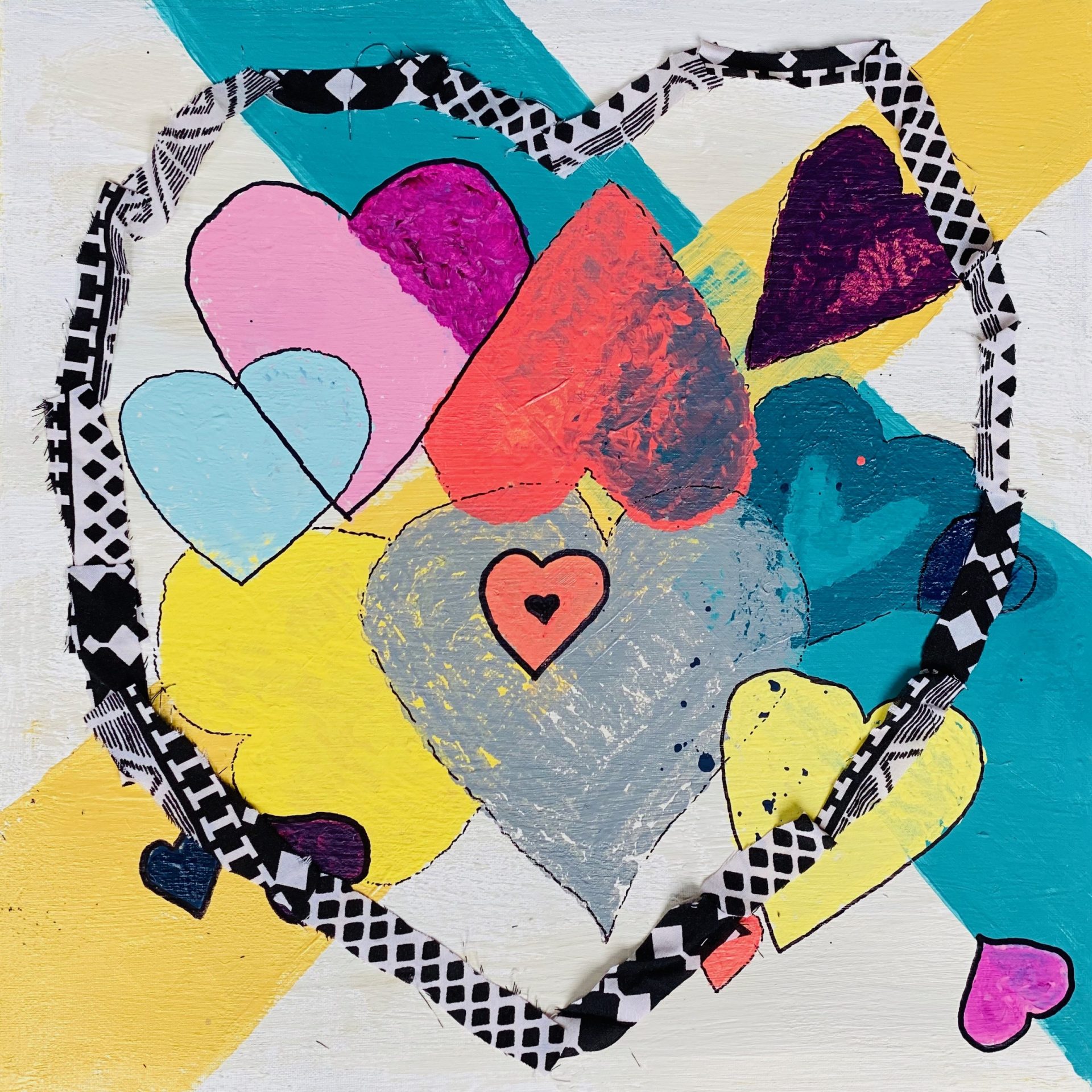While listening to the translation panel, I realized that I had never thought about all the work that goes into translating a text. When reading texts not originally written in the language of the reader, people commonly glance over who the translator is, instead admiring the work of the author. This realization prompted me to pose the question: “should the translator be considered an original artist like the author or is their work just a result of the original text?”. Based off my newfound understanding from the panel, I would consider translators original artists. The choice of language when translating a text is is just as pivotal as the language the author chooses when writing. Due to the varied meanings of words when translated and the cultural ties certain words have, the word choice of a translator is the work of an artist.
The evolution of translations can fit the definition of what Kuhn called a paradigm shift. As mentioned in the panel, the assumptions previously held about translations have been rethinked. These assumptions, such as correct translation requires sameness of meaning, have been changed to different idea about what modern day translation is. This is a clear example of a revolution from old science to new science about the ideas of translations. In addition to the concept of translation, there are many other examples of paradigms that have been discussed in class. The lecture given by Professor Thompson gave many examples of paradigms, but specifically geocentrism vs heliocentrism was an important example of a paradigm shift. The past ideas of geocentrism were widely accepted by scientists until later models and observation led to the discovery of the heliocentric model. The new observation leading up to the shift in ideas were frequent anomalies creating a revolution or paradigm shift to a new view of the universe.
